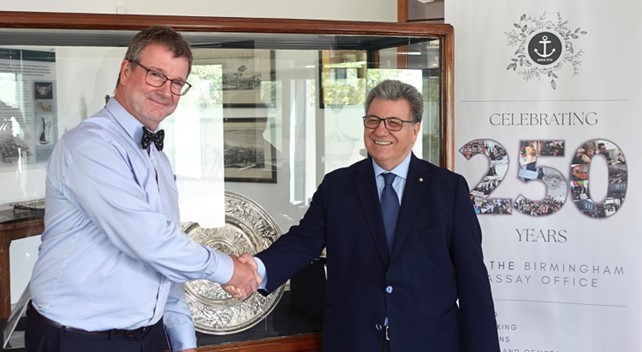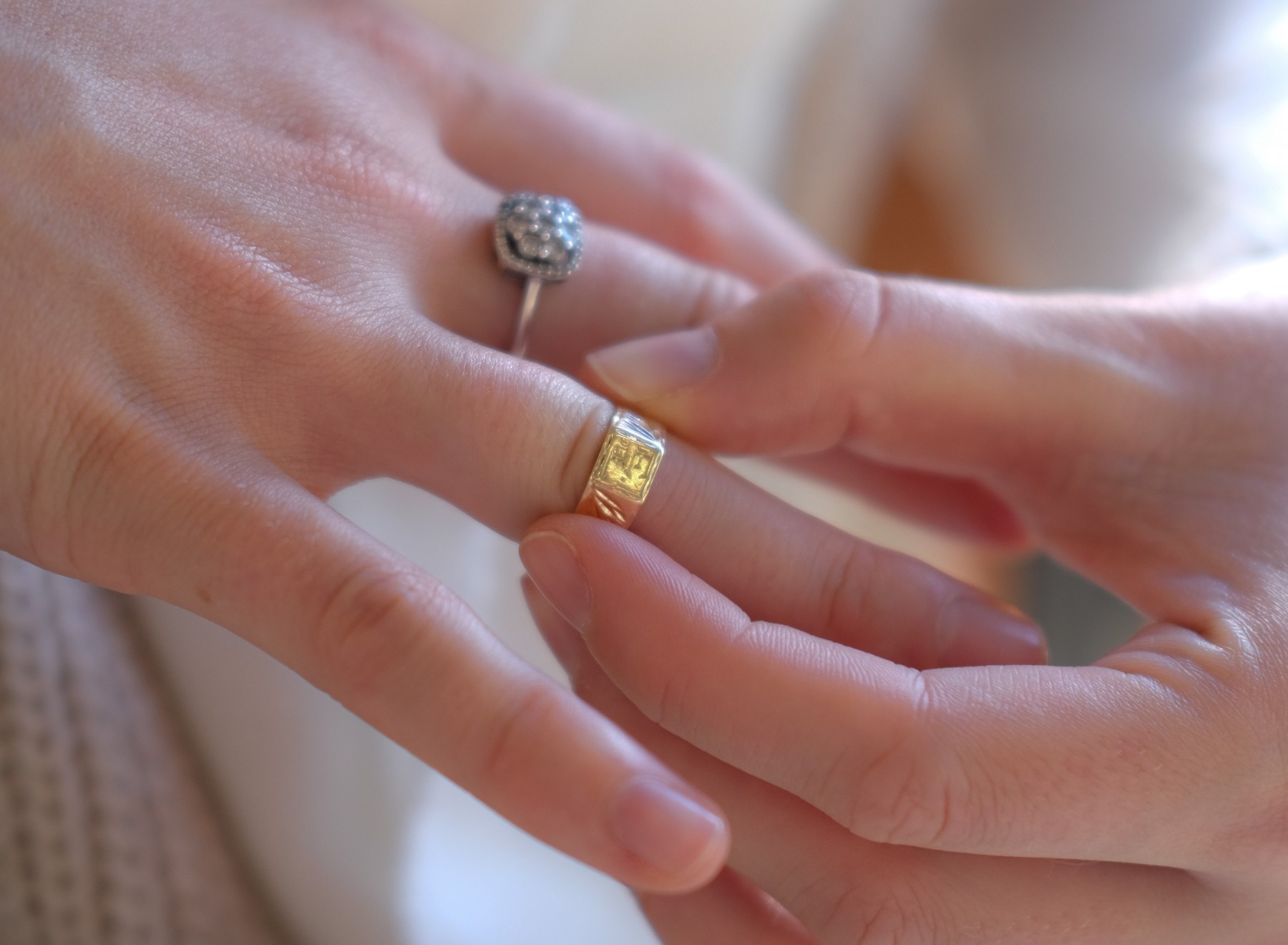 Packaging can be an essential part of a product, not only protecting the article from damage but enhancing its presentation to the customer. But, says Assay Office Birmingham's Technical Director DIPPAL MANCHANDA, it needs to be made of the right stuff for a host of reasons...
[caption id="" align="alignnone" width="222"]
Packaging can be an essential part of a product, not only protecting the article from damage but enhancing its presentation to the customer. But, says Assay Office Birmingham's Technical Director DIPPAL MANCHANDA, it needs to be made of the right stuff for a host of reasons...
[caption id="" align="alignnone" width="222"] Dippal Manchanda[/caption]
 In addition to the packaging adding status and value to a product it is essential to ensure that it is fit for purpose and also that it complies with eu legislation. One of the most frequent causes of tarnishing is a component of the packaging such as sulphur rich glue. There is also a requirement for packaging to be used within the EU to comply with the Packaging Directive which has been in force since 1994. The Laboratory at Assay Office Birmingham has developed tests to allow them to work with customers to overcome tarnishing issues and ensure their packaging is compliant to Article 11 of the Packaging Directive, concentration of levels of heavy metals.
Tarnishing
Tarnishing is an ongoing problem, particularly for silver and low carat gold articles. Silver naturally interacts with oxygen and pollutants to create silver sulphide, resulting in a visible discoloration of the metalâs surface. Research has proved that some elements of packaging can cause or signifi cantly accelerate tarnishing. Silver tarnishes in environments containing various sulphuric gases, even in very low concentration. The amount of tarnishing is determined by the relative humidity, ambient temperature, the concentration of sulphur and other tarnishing causing compounds, and the length of time the silver is exposed to the gases.
Dippal Manchanda[/caption]
 In addition to the packaging adding status and value to a product it is essential to ensure that it is fit for purpose and also that it complies with eu legislation. One of the most frequent causes of tarnishing is a component of the packaging such as sulphur rich glue. There is also a requirement for packaging to be used within the EU to comply with the Packaging Directive which has been in force since 1994. The Laboratory at Assay Office Birmingham has developed tests to allow them to work with customers to overcome tarnishing issues and ensure their packaging is compliant to Article 11 of the Packaging Directive, concentration of levels of heavy metals.
Tarnishing
Tarnishing is an ongoing problem, particularly for silver and low carat gold articles. Silver naturally interacts with oxygen and pollutants to create silver sulphide, resulting in a visible discoloration of the metalâs surface. Research has proved that some elements of packaging can cause or signifi cantly accelerate tarnishing. Silver tarnishes in environments containing various sulphuric gases, even in very low concentration. The amount of tarnishing is determined by the relative humidity, ambient temperature, the concentration of sulphur and other tarnishing causing compounds, and the length of time the silver is exposed to the gases.
 Paper and cardboard and certain cloths, foams and adhesives, used to protect and display the product as part of the packaging presentation can themselves be a tarnishing accelerant. Most types of paperboard in contact with silver, copper and certain copperzinc based low carat gold alloys cause localised tarnish stains on the metal surface. The tarnishing agent is most likely to...
To find out what the tarnishing agent is most likely to be and to read about the EU PACKAGING DIRECTIVE please click here
The Laboratory at The Birmingham Assay Office can test material to check if it complies with the packaging waste directive and also if it may tarnish jewellery. For all your packaging test needs please contact Tim or Steve on 0121 262 1017 or email testing@theassayoffice.co.uk
Paper and cardboard and certain cloths, foams and adhesives, used to protect and display the product as part of the packaging presentation can themselves be a tarnishing accelerant. Most types of paperboard in contact with silver, copper and certain copperzinc based low carat gold alloys cause localised tarnish stains on the metal surface. The tarnishing agent is most likely to...
To find out what the tarnishing agent is most likely to be and to read about the EU PACKAGING DIRECTIVE please click here
The Laboratory at The Birmingham Assay Office can test material to check if it complies with the packaging waste directive and also if it may tarnish jewellery. For all your packaging test needs please contact Tim or Steve on 0121 262 1017 or email testing@theassayoffice.co.uk

Your item has been added to the basket
You need to create an account, or login before you can add this item to your basket.







